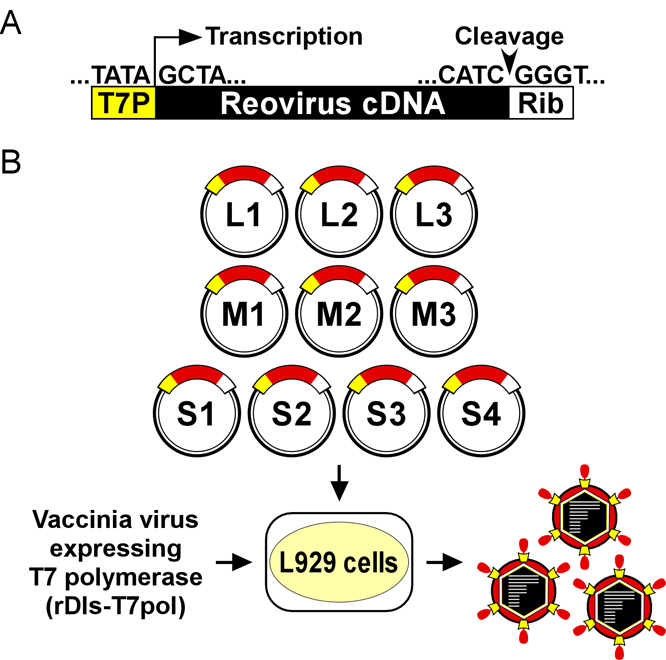Fig 1. Experimental strategy to generate reovirus type 1 Lang (T1L) from cloned cDNAs.
(A) Rescue plasmids containing T1L gene-segment cDNAs. Vectors contain cDNAs representing each of the ten full-length T1L gene segments. Reovirus cDNAs are flanked by the bacteriophage T7 RNA polymerase promoter (T7P) and the antigenomic hepatitis delta virus (HDV) ribozyme (Rib). (B) Reverse genetics procedure. The ten T1L cDNA constructs are transfected into murine L cells that express T7 RNA polymerase from recombinant vaccinia virus strain DIs-T7pol. Plasmid-derived transcripts correspond to viral mRNAs with native 5’ termini. The 3’ termini of nascent transcripts are fused to HDV ribozyme sequences, which generate authentic 3’ends through autocatalytic cleavage. After five days of incubation, transfected cells are lysed by freeze-thaw, and recombinant-strain (rs) viruses are isolated from lysates by plaque assay using L cells.

